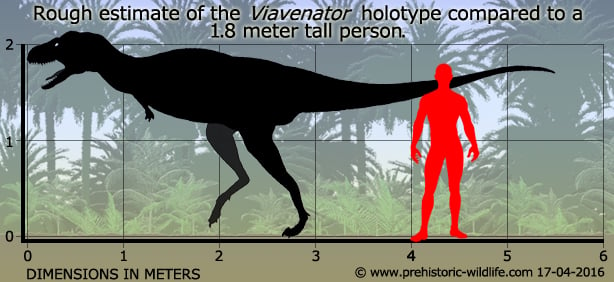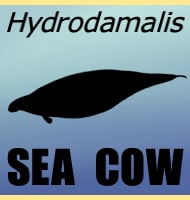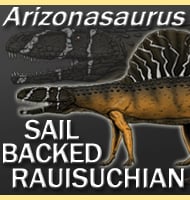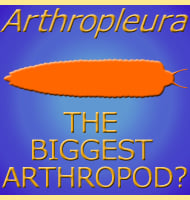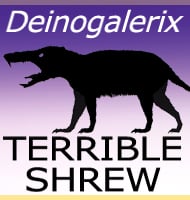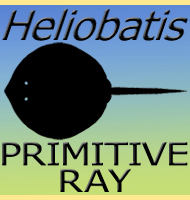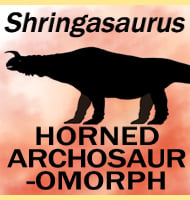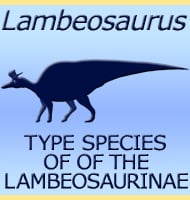In Depth
Named in 2016 from a single specimen, Viavenator is another of the growing number of South American abelisaurid dinosaurs that are known to us. At a glance Viavenator does not seem to be anything special apart from being another abelisaur, however the authors of the paper describing this dinosaur have identified a combination of features within the known skeleton that indicate that Viavenator may actually be a transitional form, linking earlier abelisaurids of the Cenomanian and Turonian eras, with the later abelisaurids of the Campanian.
Out of all the South American abelisaurids, Viavenator has been speculated to be more closely related to genera such as Carnotaurus, Abelisaurus, Aucasaurus, Pycnonemosaurus and Quilmesaurus. Like its relatives, Viavenator would have been a predator of other animals, and given the modest size of the holotype individual, a hunter of small to medium dinosaurs.
Further Reading
- A new brachyrostran with hypertrophied axial structures reveals an unexpected radiation of latest Cretaceous abelisaurids. Cretaceous Research 60:209-219. - L. S. Filippi, A. H. M�ndez, R. D. Ju�rez Valieri & A. C. Garrido - 2016.
